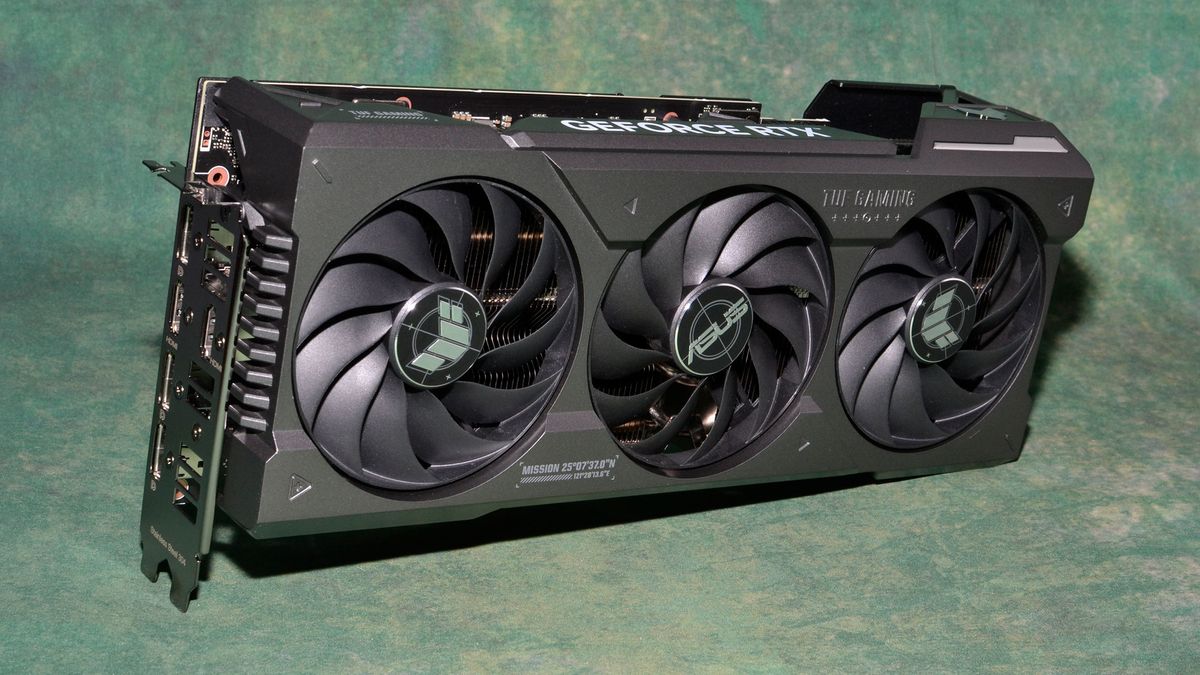Originally posted by oiaohm
View Post
Power spikes and vsync 60 hz - major power differences there, too - with the gre consuming even more power than its 7900 'siblings.' Wow.
It's also better for gpuCompute and other productivity tasks (with a few exceptions):
The FOSS aspect is the ONLY reason to even CONSIDER the amd gpu - and if explicit sync 'solves' some issues - then there's even more incentive to pick the nvidia card -whichever it is. I'm waiting to see if it does - as AMD doesn't look like it's fixing any of the productivity software problems - not even close or anytime soon so I have no choice.




Comment